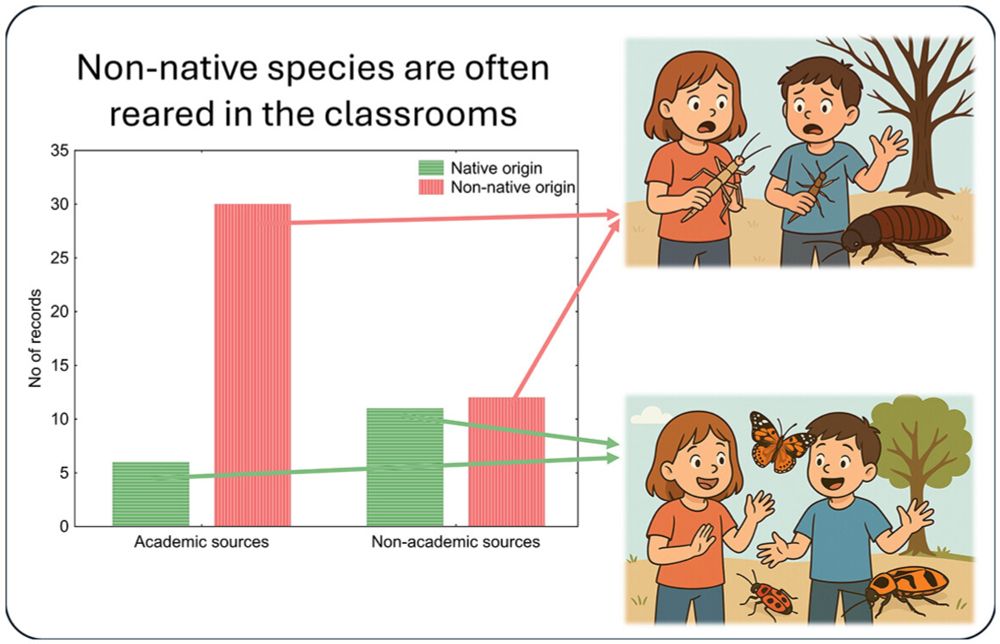Colin Purrington
@colinpurrington.bsky.social
2.4K followers
450 following
1.8K posts
Nature pics and science w/ occasional food and cats. Swarthmore, PA, USA. https://colinpurrington.com
Posts
Media
Videos
Starter Packs
Reposted by Colin Purrington
Reposted by Colin Purrington
Reposted by Colin Purrington
Reposted by Colin Purrington
Reposted by Colin Purrington
Reposted by Colin Purrington
Reposted by Colin Purrington
Reposted by Colin Purrington
Reposted by Colin Purrington



























